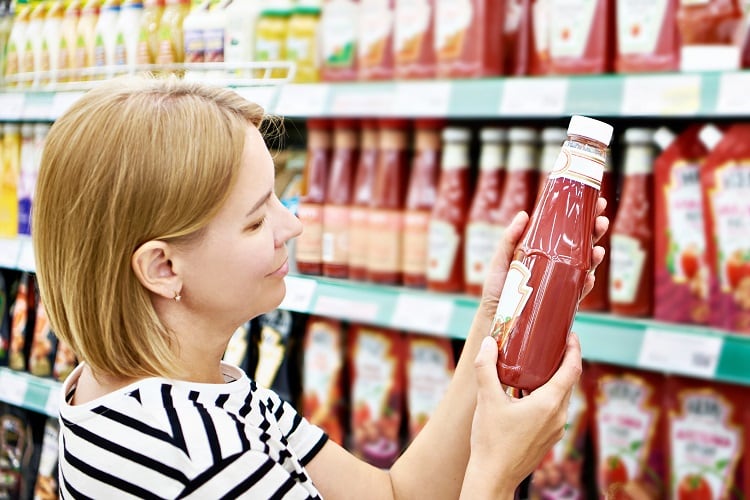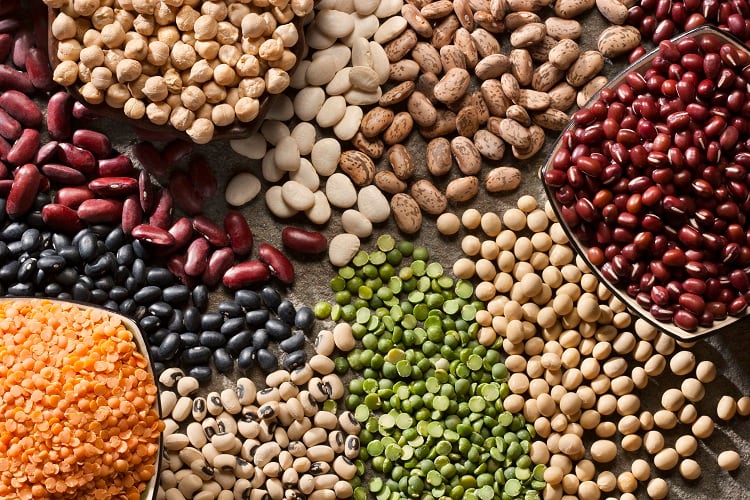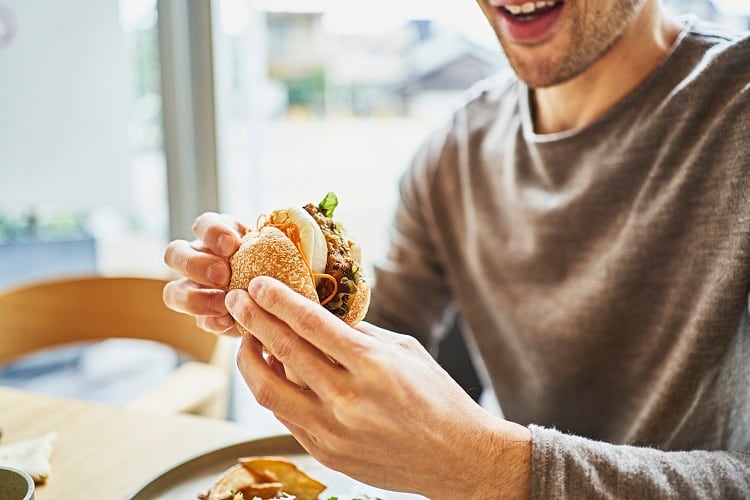Boasting a portfolio of over 200 brands – eight of which bring in upwards of $1bn annually – The Kraft Heinz Company produces a lot of packaging.
While a majority is made from paper, glass, or metal materials that are fully recyclable, the other portion of its packaging is mostly made up of flexible plastic films or rigid plastic containers.
In a move aimed at decreasing its reliance on fossil fuels and improving its environmental impact, Kraft Heinz has announced a commitment to cut the use of virgin plastic in its global packaging portfolio by 20% by 2030, from 2021 levels.
The company is pulling three main levers to achieve this goal: replacing virgin plastic with recycled content; eliminate or reduce plastic packaging; and explore plastic alternatives.
“We are investing in innovative technologies and partnerships that are critical to helping us redesign packaging, eliminate unnecessary plastic, increase our use of recycled content, and influence the adoption of reuse models,” said Rashida La Lande, executive vice president, global general counsel, and chief sustainability and corporate affairs officer at Kraft Heinz.
“This is one way we’re renovating our product portfolio to not only offer more sustainable options, but to deliver on our consumer expectations.”
Navigating the ‘complicated puzzle’ of alt plastic materials
One way Kraft Heinz is working to reduce its use of virgin plastic is by swapping out conventional packaging materials for more sustainable alternatives.
Last year, Heinz announced a pilot with Pulpex to develop a paper-based, renewable and recyclable bottle made from 100% sustainably sourced wood pulp for its Tomato Ketchup. The company claims this to be a first in the sauce category.
This year, Kraft Heinz’ Canadian coffee brand Nabob replaced its non-recyclable flexible plastic coffee bags with recyclable canisters made from 80% paper fibre from renewable sources. The change is estimated to eliminate approximately 2.5m plastic bags per year.
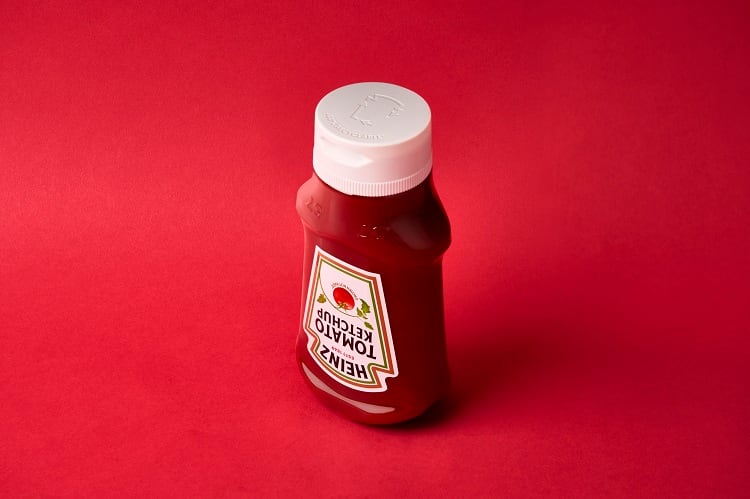
“There’s a lot to consider as we look at developing new and alternative packaging solutions,” explained La Lande. “First and foremost, we must deliver against our food safety requirements and protect the product throughout the use cycle. We also have to meet the expectations of consumers to ensure that packaging functions the way they have come to trust.”
Kraft Heinz also has to be assured that the plastic alternative in question is doing more good than harm. “While plastic waste can have a detrimental impact on the environment, we also have to be careful to evaluate the environmental impact of alternatives to ensure that they don’t have worse impacts on the environment.”
And finally, the company needs to be sure it can run any potential new innovations on its existing equipment, so that it can implement changes in the ‘most efficient way’, La Lande told this publication.
“So, we work hard to anticipate and forecast what we’ll need to address and solve so that innovations are relevant by the time they hit the market.”
Increasing recycled content and decreasing materials
Increasing the amount of recycled content within its packaging is a major strategy for Kraft Heinz in cutting virgin plastic use.
Ensuring the company has access to enough recycled plastic content is crucial to this approach. “To ensure we have access to the recycled content needed for our packaging, our procurement partners work closely with vendors upstream to source and buy the specific materials we need for our innovations,” the chief sustainability officer told FoodNavigator.
In the UK, Heinz worked with partners to create recyclable Heinz Beans Snap pots from soft plastics that were returned to Tesco by consumers. The food-safe recyclable pots are made with 39% recycled plastic. This pilot project was set to recycle approximately 22 tonnes of plastic.
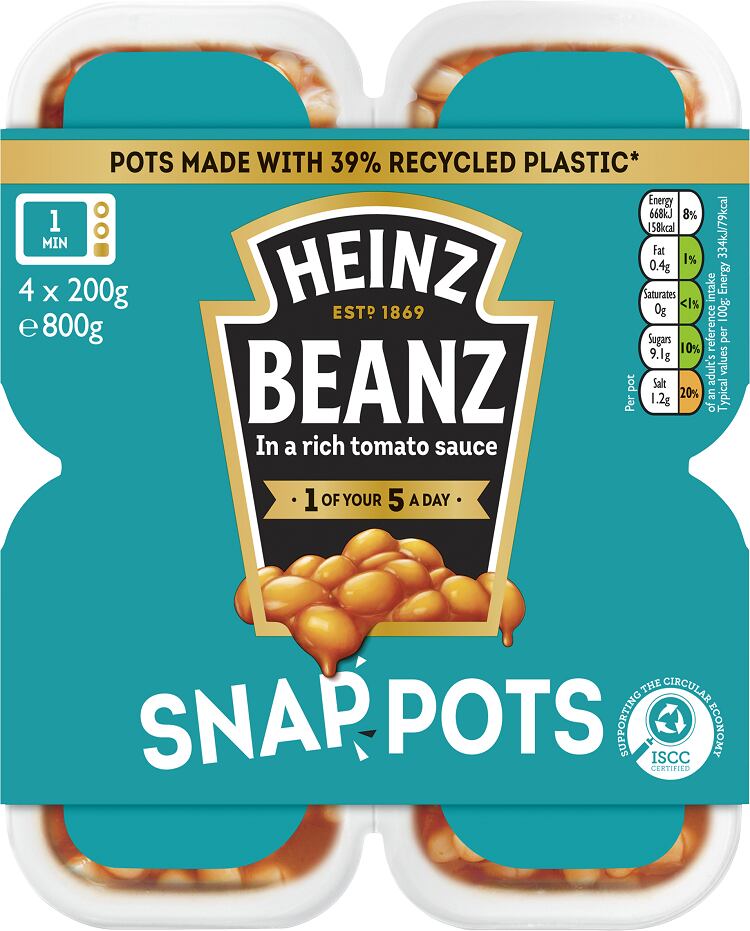
Heinz has also moved to 30% recycled content in most of its bottles in Europe, the UK and Brazil.
In the US, Kraft Heinz aims to replace 15% of its US PET rigid plastic portfolio with post-consumer recycled content by 2050. Innovations helping the company achieve this ambition include its plan to transition Kraft’s Real Mayo and Miracle Whip packaging to 100% recycled content in the US by early 2024.
In working to eliminate or reduce plastic materials, Kraft Heinz is also making progress. In the UK, Heinz launched a multipack paperboard sleeve to replace shrink-wrap. In the US, the plastic ‘shaker’ bag was removed from Kraft Heinz’s Shake ‘N Bake product.
Reusability is also on the company’s radar. “One way we’re investigating reusable packaging is by partnering with Loop, a waste-free online shop, to allow consumers to responsibly buy products in refillable packaging which is collected, cleaned and refilled after use,” explained La Lande. “Our pilot began in Canada and the U.K. in 2020 and we expanded to the U.S. in 2022.”
On track to meet sustainability commitments?
Kraft Heinz’s new packaging commitments aligns with earlier sustainability pledges made by the company.
Back in 2018, Kraft Heinz said it aimed to make 100% recyclable, reusable or compostable packaging by 2050 as part of the New Plastics Economy Global Commitment, launched by the Ellen MacArthur Foundation (EMF) in collaboration with UN Environment. Kraft Heinz is 84% of the way there, with less than two years to go.
Other food and beverage majors such as Nestlé, Unilever, The Coca Cola Company, Mars, Inc. and Danone also signed the pledge, but EMF is unsure commitments will be achieved by deadline.
Kraft Heinz’s packaging ambitions also align with its broader greenhouse gas reduction ambitions: the company wants to halve emissions by 2030 and achieve net zero by 2050. “To achieve our ESG goals, including to reach net zero GHG emissions, we can’t continue to do things as they have in the past,” said La Lande.


